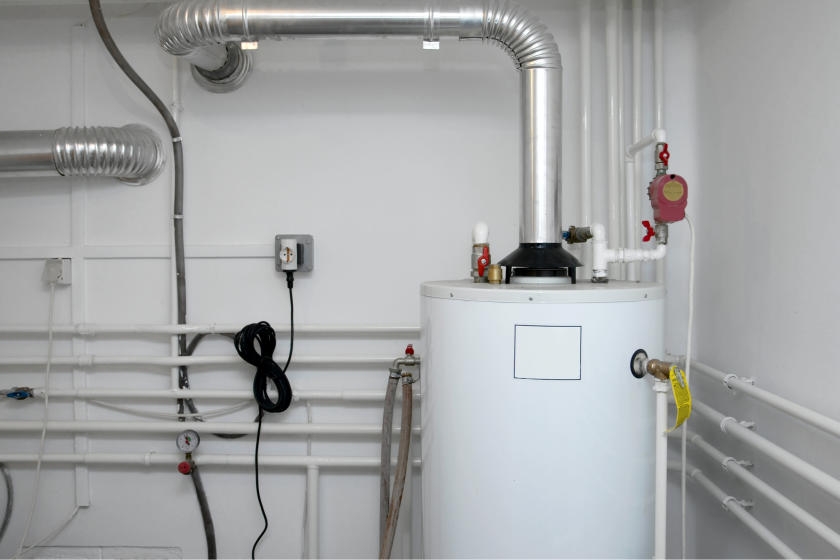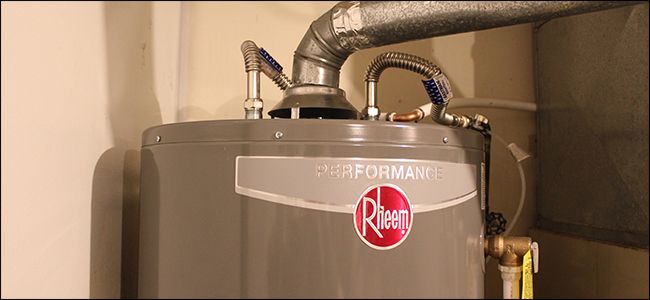Are you trying to find advise on How to Maintain Your Water Heater & Prolong its Life?

Warm water is vital for daily convenience, whether it's for a refreshing shower or washing meals. To ensure your warm water system runs effectively and lasts longer, normal upkeep is key. This article gives functional tips and insights on how to keep your home's hot water system to stay clear of disturbances and costly fixings.
Introduction
Keeping your home's hot water system may appear difficult, but with a couple of straightforward steps, you can ensure it runs efficiently for years to find. This overview covers everything from comprehending your hot water system to DIY maintenance pointers and knowing when to contact specialist help.
Significance of Preserving Your Warm Water System
Normal maintenance not only prolongs the life-span of your warm water system however additionally guarantees it operates efficiently. Ignoring upkeep can bring about decreased performance, higher energy bills, and even early failing of the system.
Indicators Your Hot Water System Requirements Upkeep
Recognizing when your warm water system requires focus can prevent major problems. Keep an eye out for indicators such as irregular water temperature level, strange noises from the heater, or rusty water.
Recognizing Your Warm Water System
Prior to diving right into upkeep jobs, it's practical to recognize the basic components of your hot water system. Generally, this includes the water heater itself, pipes, anode rods, and temperature controls.
Regular Monthly Maintenance Tasks
Routine monthly checks can help catch small concerns prior to they intensify.
Flushing the Water Heater
Flushing your hot water heater removes sediment buildup, boosting effectiveness and extending its life.
Monitoring and Changing Anode Rods
Anode poles prevent corrosion inside the storage tank. Evaluating and replacing them when broken is important.
Evaluating and Readjusting Temperature Settings
Changing the temperature level setups makes sure ideal performance and safety and security.
Do It Yourself Tips for Maintenance
You can perform numerous maintenance tasks on your own to maintain your hot water system in leading problem.
Checking for Leakages
Regularly inspect pipes and connections for leakages, as these can cause water damage and greater expenses.
Checking Pressure Alleviation Valves
Evaluating the pressure safety valve ensures it operates properly and avoids too much pressure build-up.
Insulating Pipelines
Insulating warm water pipes decreases warmth loss and can save energy.
When to Call an Expert
While DIY upkeep is useful, some concerns call for expert proficiency.
Complicated Problems Needing Expert Assistance
Instances consist of significant leaks, electric troubles, or if your water heater is continually underperforming.
Routine Professional Upkeep Benefits
Expert upkeep can include complete inspections, tune-ups, and making certain conformity with safety and security requirements.
Verdict
Routine upkeep of your home's warm water system is vital for efficiency, durability, and price savings. By complying with these pointers and knowing when to seek expert assistance, you can ensure a trustworthy supply of hot water without unforeseen interruptions.
How to Maintain an Instant Hot Water Heater
Before tinkering with your hot water heater, make sure that it’s not powered on. You also have to turn off the main circuit breaker and shut off the main gas line to prevent accidents. Also turn off the water valves connected to your unit to prevent water from flowing into and out of the appliance. 2. When you’re done, you have to detach the purge valves’ caps. These look like the letter “T” and are situated on either side of the water valves. Doing so will release any pressure that has accumulated inside the valves while at the same time avoid hot water from shooting out and burning your skin. 3. When the purge valves’ caps are removed, you have to connect your hosing lines to the valves. Your unit should have come with three hoses but if it didn’t, you can purchase these things from any hardware or home repair shops. You can also get them from retail stores that sell water heating systems. Read the user’s manual and follow it to complete this task properly. When the hosing lines are connected, open the purge port’s valves. 4. You should never use harsh chemical cleaners or solutions when cleaning your unit. Make use of white vinegar instead. It should be undiluted and you’ll probably use about 2 gallons. 5. Now flush your water heater. This task should probably take about 40 minutes. We can’t give you specific directions for this because the procedure is carried out depending on the type, model and brand of your heater. With that being said, refer to the user’s manual. 6. When you’re done draining the unit, you have to turn off the purge port valves again. Remove the hosing lines that you earlier installed on each of the water valves. Put the valve caps (purge port) back in their respective places and be very careful so as not to damage the rubber discs that are found inside these caps. 7. Now that everything’s back in place, check your user’s manual again to find out how to reactivate your water heating system. 8. Once it is working, turn one of your hot water faucets on just to let air pass through the heater’s water supply pipes. Leave the tap on until water flows smoothly out of it. https://www.orrplumbing.com/blog/2014/september/how-to-maintain-an-instant-hot-water-heater/

As a reader about Tips For Maintaining Your Hot Water Heater, I thought sharing that piece of content was really helpful. So long as you liked our post kindly be sure to pass it around. Thank you for your time. Revisit us soon.
Here